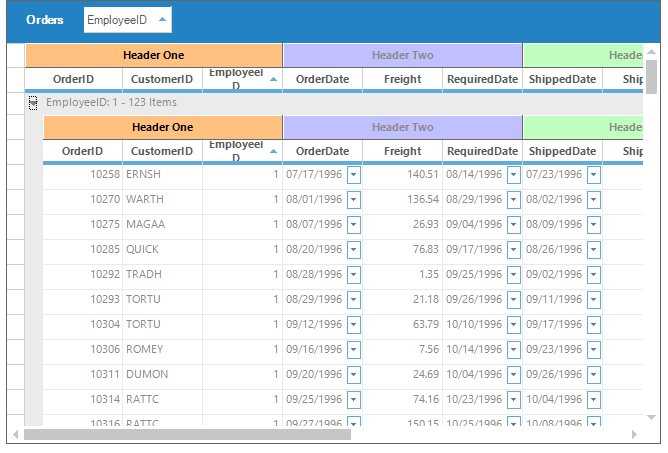

The grid displays data source fields as columns. See the following help topic from the Getting Started section for details on data binding: How to: Bind Grid to Data. Note that unbound mode (add and save records directly to a grid) is not supported and the grid cannot operate without a data source.


To show data in a grid and allow users to manage it, use the DataGridView.ItemsSource property to bind the grid to a data source. Each column will have a property called "allowReorder" which will allow you to disable the feature for a specific datagrid column.The following members return DataGridView objects:ĭataGridView is a data-aware control that displays data in a tabular format. This feature will be turned on by using a boolean property, called "allowColumnReorder". Each row will have a property called "allowReorder" which will allow you to disable the feature for a specific datagrid row.Ĭolumn Reorder feature adds the ability for columns in a DataGrid to be reordered through user interaction with the table (click and drag / touch and drag). This feature will be turned on by using a boolean property, called "allowRowReorder". Row Reorder feature adds the ability for rows in a DataGrid to be reordered through user interaction with the table (click and drag / touch and drag). To remove the DataGrid grouping, all you need to do is to drag a column from the grouping panel and drop it into the Grid. With the grouping panel, you can drag a column header to group by it and you can also sort by that column by clicking on it. To make it visible, we added a boolean property. When a column is used for grouping, it is added to the group panel. Grouping DataGrid data with Grouping panelĭata in DataGrid can be grouped by one column or by several.

The next release of Smart will include awesome new DataGrid features - Group Panel, Row and Column Reorder.


 0 kommentar(er)
0 kommentar(er)
